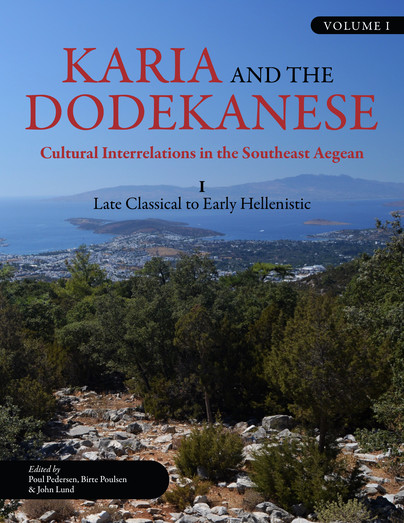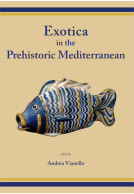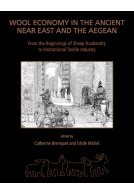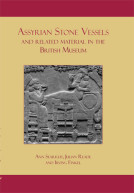Google Books previews are unavailable because you have chosen to turn off third party cookies for enhanced content. Visit our cookies page to review your cookie settings.
Karia and the Dodekanese (Hardback)
Cultural Interrelations in the Southeast Aegean I Late Classical to Early Hellenistic
Imprint: Oxbow Books
Pages: 264
ISBN: 9781789255102
Published: 5th January 2021
Script Academic & Professional
Pages: 264
ISBN: 9781789255102
Published: 5th January 2021
Script Academic & Professional
You'll be £48.00 closer to your next £10.00 credit when you purchase Karia and the Dodekanese. What's this?
+£4.99 UK Delivery or free UK delivery if order is over £40
(click here for international delivery rates)
Need a currency converter? Check XE.com for live rates
(click here for international delivery rates)
Need a currency converter? Check XE.com for live rates
The papers in Karia and the Dodekanese, Vol. I, focus on regional developments and interregional relations in western Asia Minor and the Dodekanese during the Late Classical and Early Hellenistic period. Throughout antiquity, this region was a dynamic meeting place for eastern and western civilizations. Cultural achievements of exceptional and everlasting importance, including significant creations of ancient Greek literature, philosophy, art and architecture, originated in the coastal cities of western Anatolia and the adjoining Aegean islands.
In the fourth century BC, the eastern cities experienced a new economic boom, and a revival of Archaic culture, sometimes termed ‘The Ionian Renaissance’, began. The cultural revival furthered rebuilding of old major works such as the Artemision at Ephesos, the embellishment of sanctuaries and a new royal architecture, such as the Maussolleion at Halikarnassos. The rich cultural revival was initially promoted by the satrapal family of the Hekatomnids in Karia and in particular by its most famous member, Maussollos, whose influence was not confined to Asia Minor, but included the Dodekanese islands Kos and Rhodos. Partly under the influence of the Karian satrapy, a number of cities were founded on a new common urban model in Rhodos, Halikarnassos, Priene, Knidos and Kos. When Alexander the Great conquered the satrapies in western Asia Minor in 334 BC, the culture initially promoted at the satrapal courts was carried on by gifted thinkers, poets and architects, preparing the way for Hellenistic cultural centres such as Alexandria.
Other titles in Oxbow Books...















